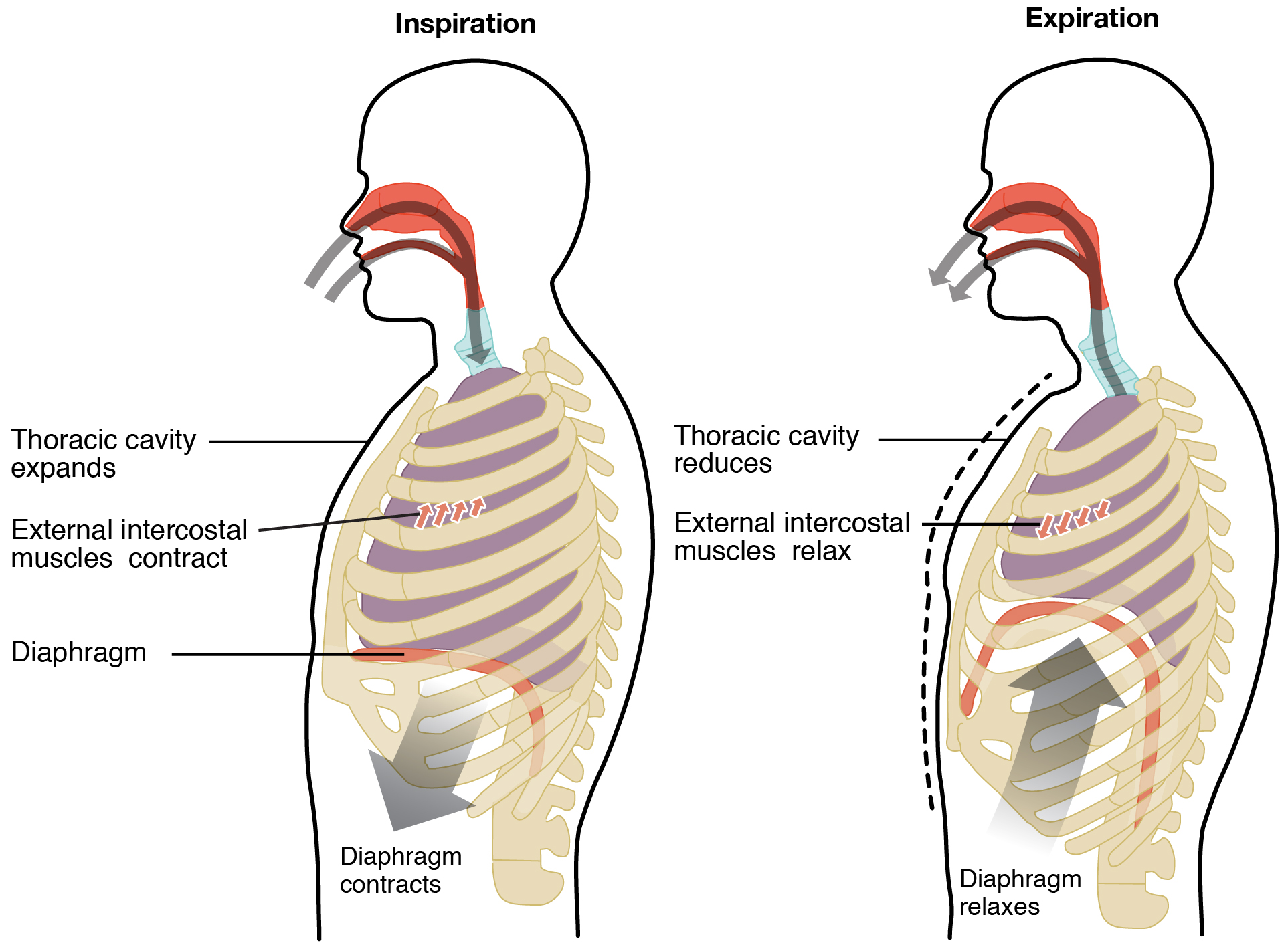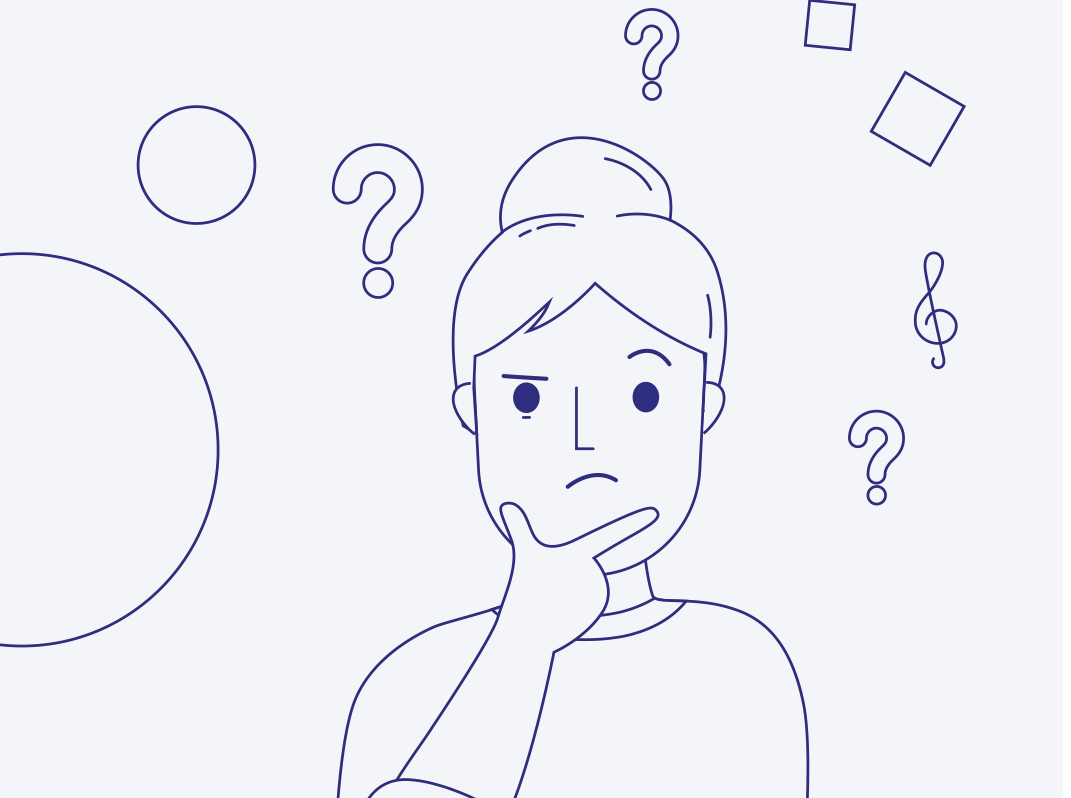Breathing
If the breathing’s right everything’s easy. If the breathing’s wrong nothing’s easy.
Frank Kaderabek (former principal trumpet of the Philadelphia Orchestra)
Breathing is one of the most important things when playing the trumpet.
The air carries the sound and our body is the motor that provides the air.
That is why it is important to get to know, understand and learn to feel your own breathing.
Exercises can help to train the breathing muscles and improve your play.
This page contains exercises designed to help you become familiar with your breathing and improve it.
Do not try to transfer all of this to your instrument; it will happen automatically anyway.
So when you pick up your instrument, try to stop thinking to much about breathing and just think about the music and how you want to sound.
Table of Contents
Quelle: YouTube
Quelle: YouTube
The essential parts of the body for breathing
1. lungs
The lungs are filled with air when you inhale and the air flows out again via the windpipe when you exhale. When playing the trumpet, they function like a tank in which the air is stored.
2. diaphragm and intercostal muscles
The diaphragm is the principal muscle of respiration, contracting to enlarge the thoracic cavity and allow air to be drawn into the lungs.
The intercostal muscles are important when it comes to active breathing.
3. belly
The belly or abdomen initially has nothing to do with breathing, but it can prevent us from breathing easily if it is too tense.

Quelle: Wikimedia
Try to relax your abdominal wall so that your diaphragm can work properly. If you lean forward, you can really feel what a relaxed abdomen feels like - a little bit like you were a pot-bellied pig.

Quelle: Wikimedia
If you have trouble with this, lie on your back, bend your legs, and try to breathe deeply into your abdomen. Stretch your arms out as well.
Your breathing merely foreshadows how you want the music to sound.
Charlie Porter, freelance trumpeter New York
Quelle: YouTube
Quelle: YouTube
Summary
Fortunately, almost everything happens automatically when we breathe!
Only two things are essential:
- When inhaling, remember to do so without resistance. Reminders such as yawning or saying the syllables “oh” or “ah” can help.
- When exhaling, remember to blow against your lips. This is where the vibration occurs. We don't need air in the trumpet.
You don't need a lot of air to play the trumpet; the quality of the air is crucial.
Don't expand to breathe, breathe to expand!
Arnold Jacobs
- Lie down and bend your legs.
- Breathe naturally.
- Now slowly increase the amount and time you breathe in and out.
- Try to let this happen as naturally as possible.
- Breathe through your nose and imagine you are sleeping.
Do this five minutes a day. This helps you to develop a good, relaxed breathing technique.
Sport for the breathing muscles
The following exercises are like a little workout for your breathing muscles. They have nearly nothing in common with your breathing when playing but helps you to develop your muscles. They are fun, but don't overdo them and don't try to play trumpet like that because that will definitely leads to overblow.
Quelle: YouTube

Lizenz: CC-BY-SA-4.0
Quelle: YouTube
Quelle: YouTube
Quelle: YouTube
